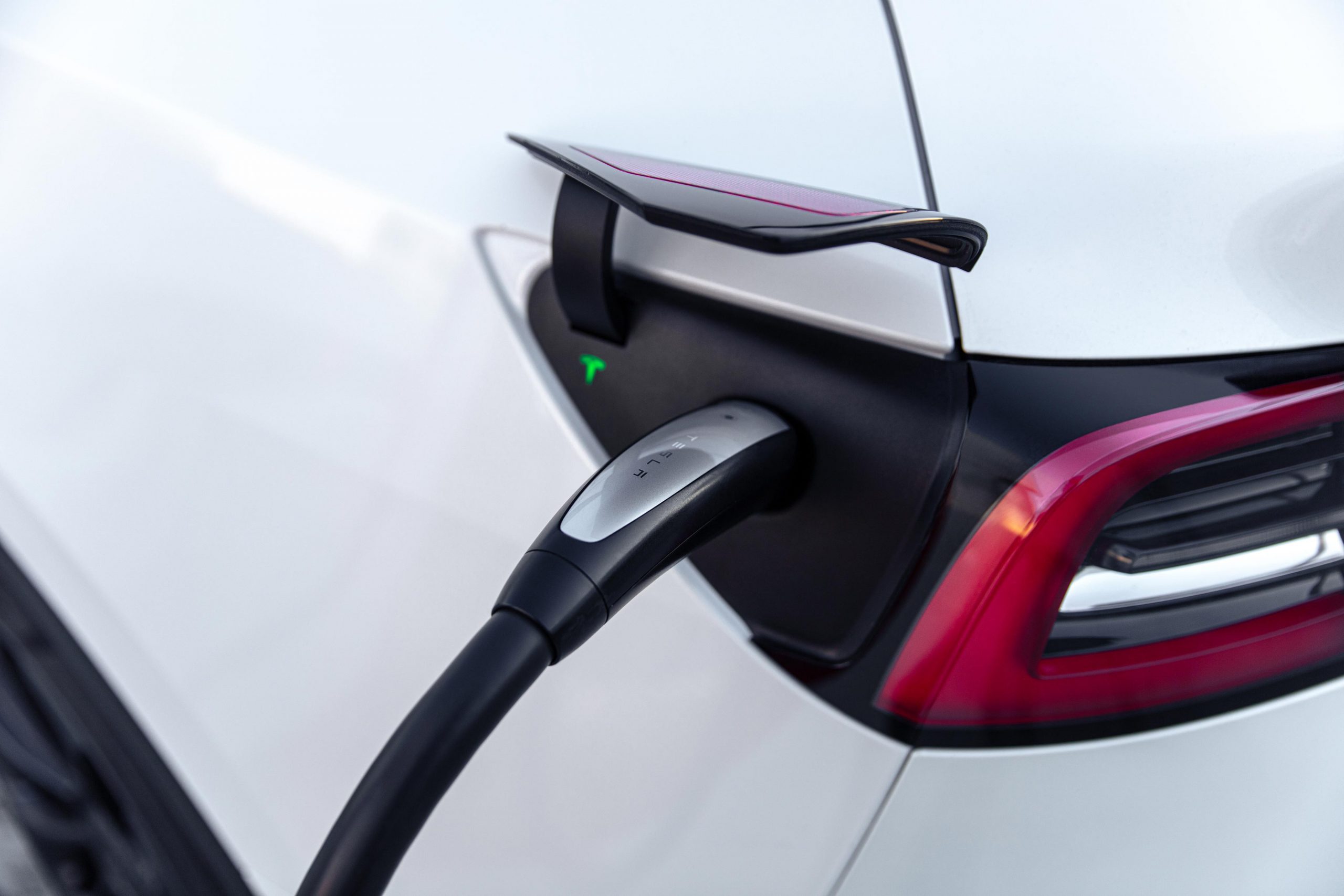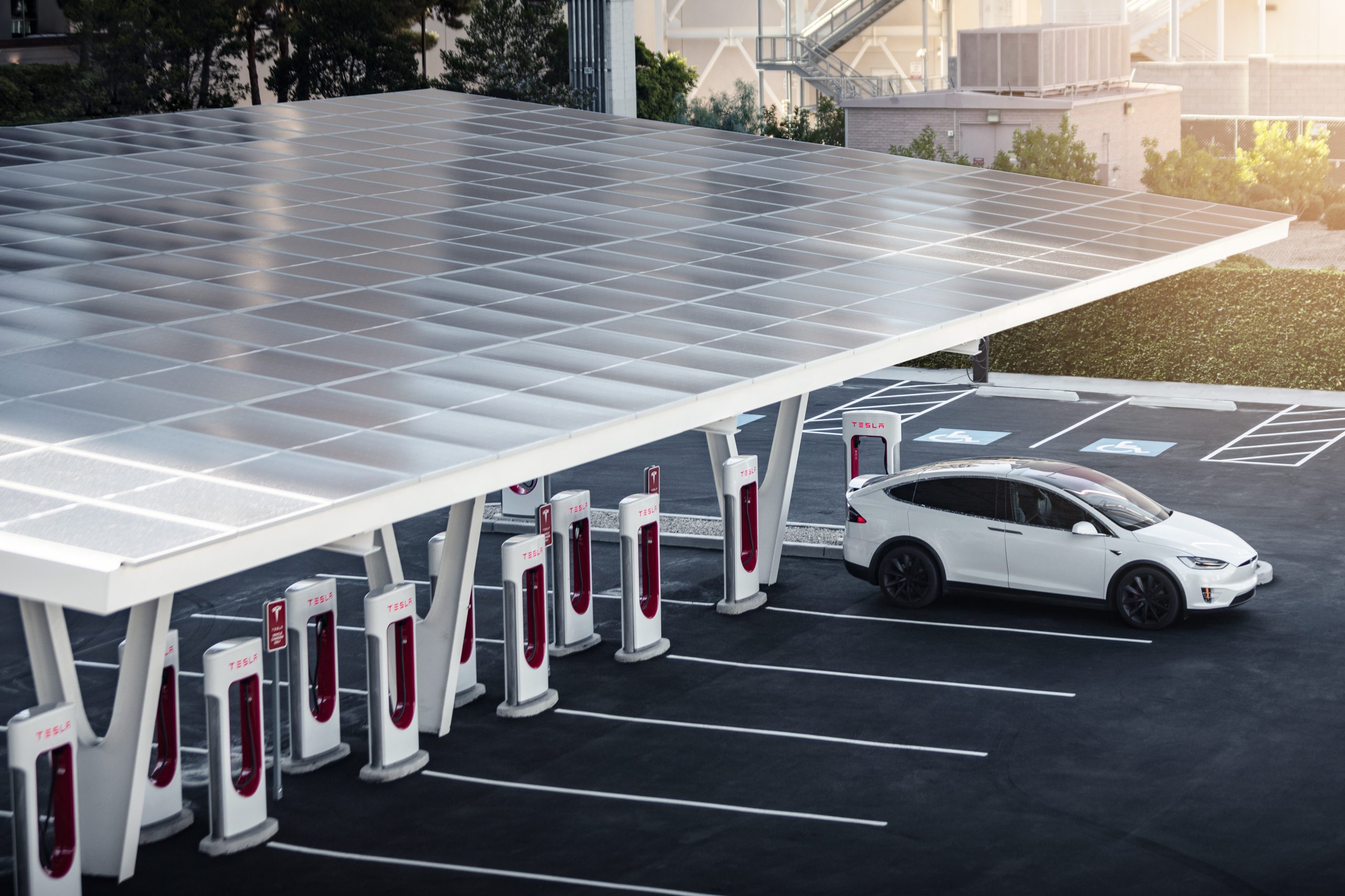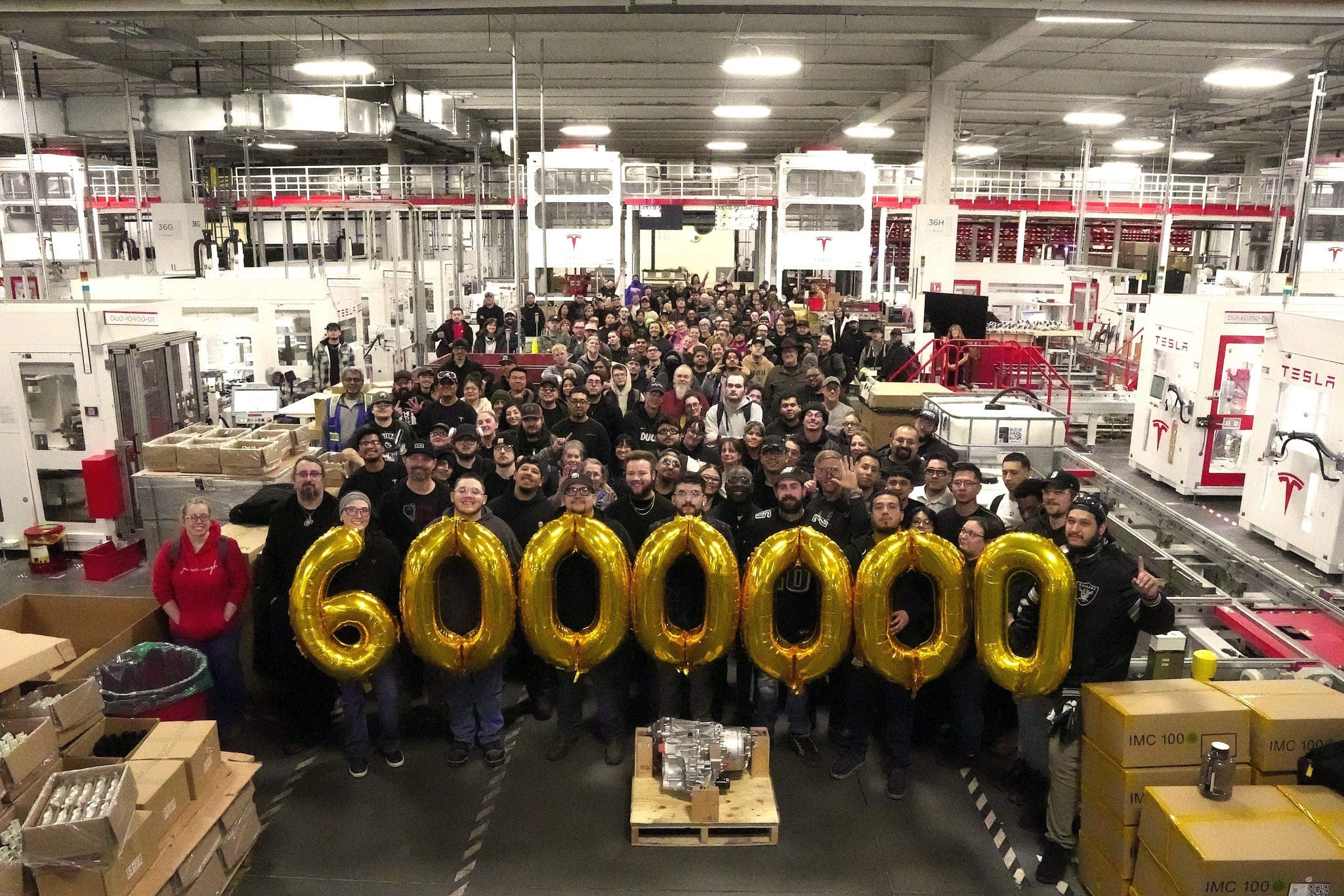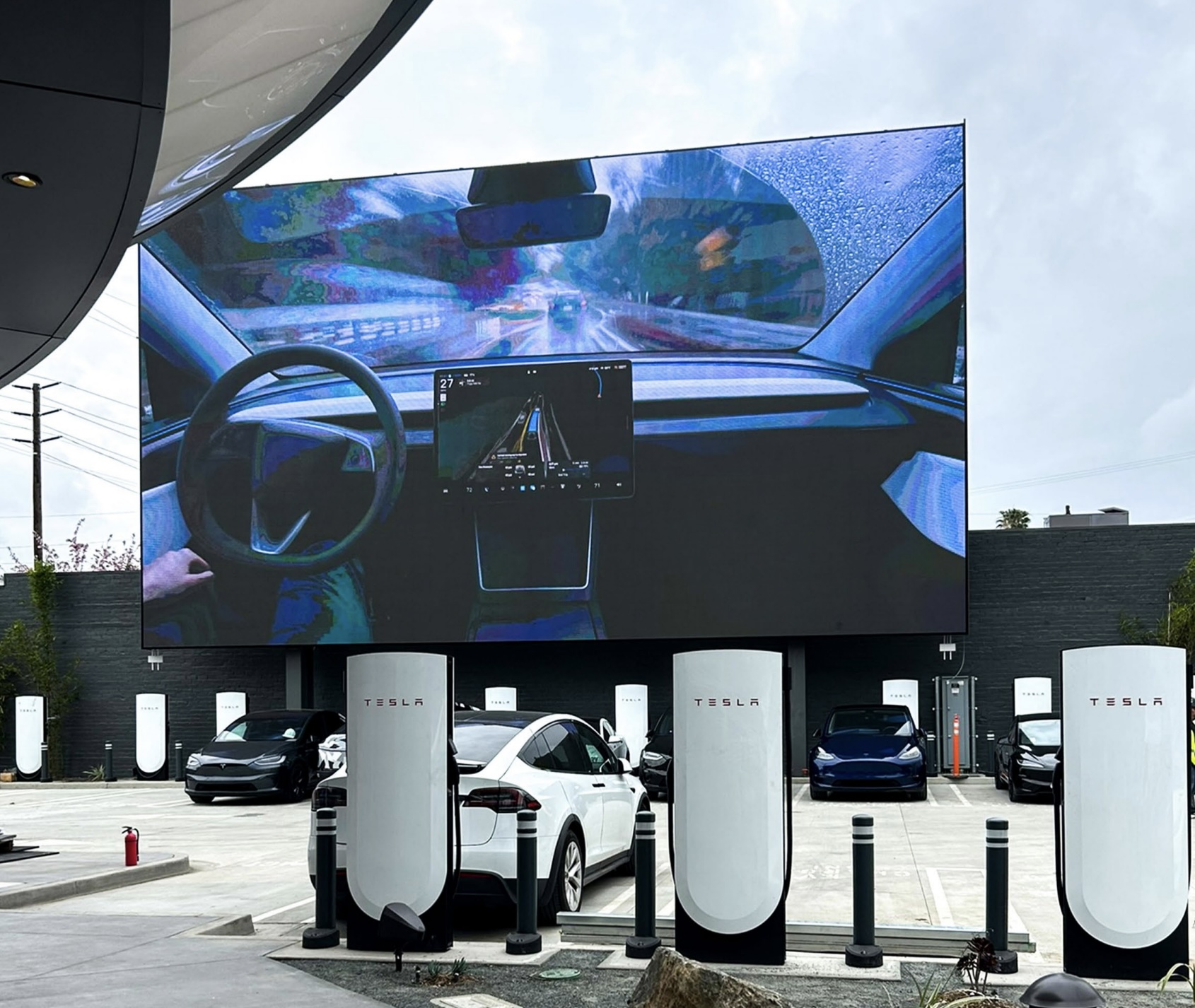

News
EV charging to receive $7.5 billion in Bipartisan Infrastructure Deal: White House
The White House detailed the breakdown of the $550 billion Bipartisan Infrastructure Deal, including a $7.5 billion cut to fund the manufacturing and installation of electric vehicle charging stations. It would be the first-ever national investment into EV charging infrastructure in the United States and could accelerate the U.S. EV market share to be on par with China’s, which is three times as large, the White House said.
Earlier today, President Joe Biden and the Bipartisan Group came to terms on the “once-in-a-generation” investment into the United States’ infrastructure. The $550 billion deal will grow the economy, enhance competitiveness in sectors like EVs, create domestic jobs that pay well, and make the American economy more resilient and sustainable.
It will eventually make its way to Senate for consideration. The deal could create two million jobs annually over the rest of the decade, combating unemployment rates that have skyrocketed over the past sixteen months due to the COVID-19 pandemic. As Americans fight to restore the economy through regular employment status and an increased labor force, the White House is looking to unload the multi-hundred billion dollar budget into public transit, including the passenger rail, bridges, clean drinking and wastewater, high-speed internet access, and electric vehicle infrastructure, including clean energy transmissions and electrifying school and transit buses across the country.
The bill’s main focus with expanding the EV infrastructure is evidently with the expansion of charging. The White House highlights the U.S.’ lagging EV market share statistics than that of China, which has become a hotspot for electric vehicle manufacturers, including Tesla.
“U.S. market share of plug-in electric vehicle (EV) sales is only one-third the size of the Chinese EV market. The President believes that must change. The bill invests $7.5 billion to build out a national network of EV chargers,” the White House wrote. President Biden highlighted this during a speech at Ford’s assembly plant in Dearborn, Michigan, in May. “Right now, China is leading in this race. Make no bones about it. It’s a fact,” Biden said about China’s EV tech and battery cell efficiency. While China isn’t leading in terms of EV tech or battery cell capabilities like Biden said, the country is undoubtedly adopting electric powertrains at an alarming rate, making it one of the EV sector’s strongest suitors in terms of market share.

Credit: Tesla
The bill would set aside $7.5 billion to build out a national network of electric vehicle chargers. “This is the first-ever national investment in EV charging infrastructure in the United States and is a critical element in the Biden-Harris Administration’s plan to accelerate the adoption of EVs to address the climate crisis and support domestic manufacturing jobs,” the White House added. The chargers are likely to be placed along heavily traveled highways that would be advantageous for long-distance travel and in communities for additional charging options in residential and commercial locations. However, the funding would have a “particular focus on rural, disadvantaged, and hard-to-reach communities.”
The bill also sets aside $2.5 billion in zero-emission buses, $2.5 billion in low emission buses, and $2.5 billion for ferries, helping more the 25 million children and thousands of bus drivers breathe clean air to and from their rides from school.
Don’t hesitate to contact us with tips! Email us at tips@teslarati.com, or you can email me directly at joey@teslarati.com.

Elon Musk
Starlink achieves major milestones in 2025 progress report
Starlink wrapped up 2025 with impressive growth, adding more than 4.6 million new active customers and expanding service to 35 additional countries, territories, and markets.

Starlink wrapped up 2025 with impressive growth, adding more than 4.6 million new active customers and expanding service to 35 additional countries, territories, and markets. The company also completed deployment of its first-generation Direct to Cell constellation, launching over 650 satellites in just 18 months to enable cellular connectivity.
SpaceX highlighted Starlink’s impressive 2025 progress in an extensive report.
Key achievements from Starlink’s 2025 Progress
Starlink connected over 4.6 million new customers with high-speed internet while bringing service to 35 more regions worldwide in 2025. Starlink is now connecting 9.2 million people worldwide. The service achieved this just weeks after hitting its 8 million customer milestone.
Starlink is now available in 155 markets, including areas that are unreachable by traditional ISPs. As per SpaceX, Starlink has also provided over 21 million airline passengers and 20 million cruise passengers with reliable high-speed internet connectivity during their travels.
Starlink Direct to Cell
Starlink’s Direct to Cell constellation, more than 650 satellites strong, has already connected over 12 million people at least once, marking a breakthrough in global mobile coverage.
Starlink Direct to Cell is currently rolled out to 22 countries and 6 continents, with over 6 million monthly customers. Starlink Direct to Cell also has 27 MNO partners to date.
“This year, SpaceX completed deployment of the first generation of the Starlink Direct to Cell constellation, with more than 650 satellites launched to low-Earth orbit in just 18 months. Starlink Direct to Cell has connected more than 12 million people, and counting, at least once, providing life-saving connectivity when people need it most,” SpaceX wrote.
News
Tesla Giga Nevada celebrates production of 6 millionth drive unit
To celebrate the milestone, the Giga Nevada team gathered for a celebratory group photo.

Tesla’s Giga Nevada has reached an impressive milestone, producing its 6 millionth drive unit as 2925 came to a close.
To celebrate the milestone, the Giga Nevada team gathered for a celebratory group photo.
6 million drive units
The achievement was shared by the official Tesla Manufacturing account on social media platform X. “Congratulations to the Giga Nevada team for producing their 6 millionth Drive Unit!” Tesla wrote.
The photo showed numerous factory workers assembled on the production floor, proudly holding golden balloons that spelled out “6000000″ in front of drive unit assembly stations. Elon Musk gave credit to the Giga Nevada team, writing, “Congrats on 6M drive units!” in a post on X.
Giga Nevada’s essential role
Giga Nevada produces drive units, battery packs, and energy products. The facility has been a cornerstone of Tesla’s scaling since opening, and it was the crucial facility that ultimately enabled Tesla to ramp the Model 3 and Model Y. Even today, it serves as Tesla’s core hub for battery and drivetrain components for vehicles that are produced in the United States.
Giga Nevada is expected to support Tesla’s ambitious 2026 targets, including the launch of vehicles like the Tesla Semi and the Cybercab. Tesla will have a very busy 2026, and based on Giga Nevada’s activities so far, it appears that the facility will be equally busy as well.
News
Tesla Supercharger network delivers record 6.7 TWh in 2025
The network now exceeds 75,000 stalls globally, and it supports even non-Tesla vehicles across several key markets.

Tesla’s Supercharger Network had its biggest year ever in 2025, delivering a record 6.7 TWh of electricity to vehicles worldwide.
To celebrate its busy year, the official @TeslaCharging account shared an infographic showing the Supercharger Network’s growth from near-zero in 2012 to this year’s impressive milestone.
Record 6.7 TWh delivered in 2025
The bar chart shows steady Supercharger energy delivery increases since 2012. Based on the graphic, the Supercharger Network started small in the mid-2010s and accelerated sharply after 2019, when the Model 3 was going mainstream.
Each year from 2020 onward showed significantly more energy delivery, with 2025’s four quarters combining for the highest total yet at 6.7 TWh.
This energy powered millions of charging sessions across Tesla’s growing fleet of vehicles worldwide. The network now exceeds 75,000 stalls globally, and it supports even non-Tesla vehicles across several key markets. This makes the Supercharger Network loved not just by Tesla owners but EV drivers as a whole.
Resilience after Supercharger team changes
2025’s record energy delivery comes despite earlier 2024 layoffs on the Supercharger team, which sparked concerns about the system’s expansion pace. Max de Zegher, Tesla Director of Charging North America, also highlighted that “Outside China, Superchargers delivered more energy than all other fast chargers combined.”
Longtime Tesla owner and FSD tester Whole Mars Catalog noted the achievement as proof of continued momentum post-layoffs. At the time of the Supercharger team’s layoffs in 2024, numerous critics were claiming that Elon Musk was halting the network’s expansion altogether, and that the team only remained because the adults in the room convinced the juvenile CEO to relent.
Such a scenario, at least based on the graphic posted by the Tesla Charging team on X, seems highly implausible.








